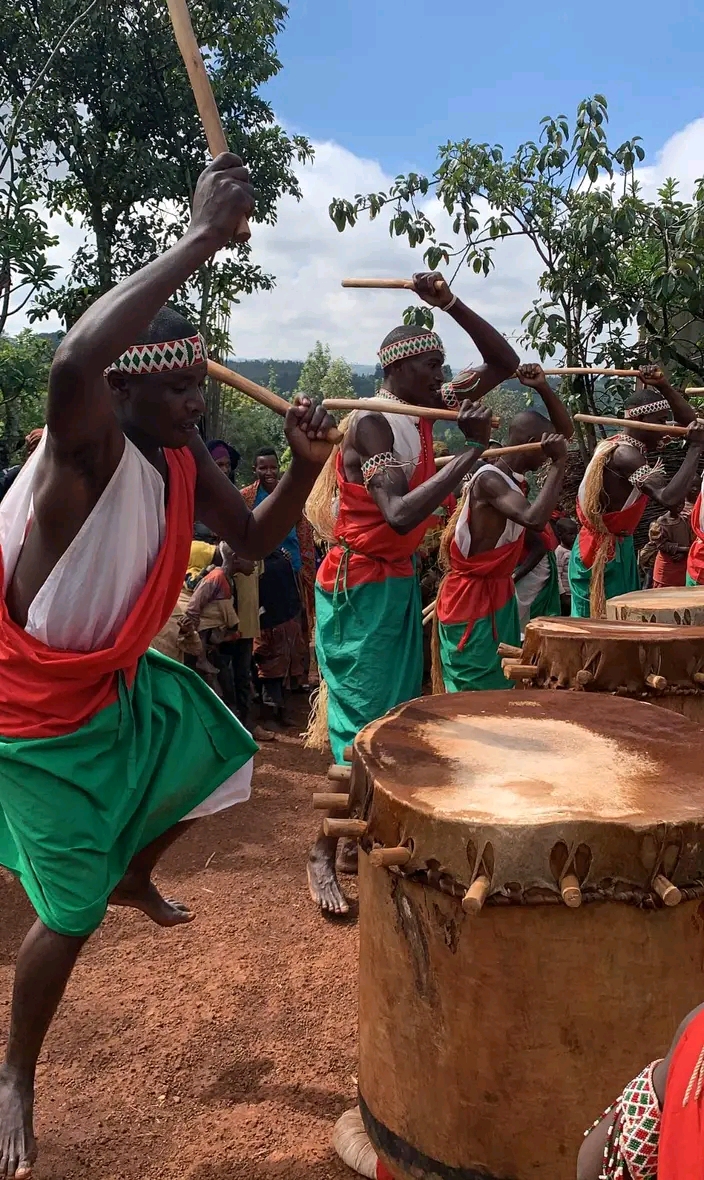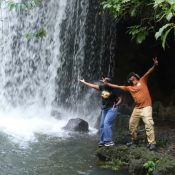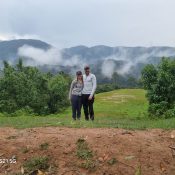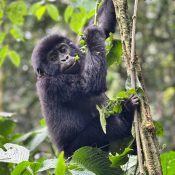
Burundi National Parks
Burundi’s protected Areas
The Rusizi Managed Natural Reserve, located just north of Bujumbura, with its stunning views westward toward the Itombwe Mountains in the Democratic Republic of Congo.
Scenic Beauty & Location
From Bujumbura, the Itombwe Mountains in neighbouring Zaire (now DRC) offer dramatic vistas, especially at sunset.
The Rusizi Reserve spans 3,700 acres across the Imbo Plain, a vital ecological corridor near the Rusizi River delta, where the river meets Lake Tanganyika.
https://en.wikipedia.org/wiki/Tourism_in_Burundi
Wildlife & Habitats
The reserve is a mosaic of habitats, each supporting unique flora and fauna, home to different bird species like Saddle-billed storks and African skimmers nesting in the marshes and lagoons of the delta.
These wetlands are crucial for migratory birds and local biodiversity.
The Dry Palm Forest & Riverine Zones is home to hippos, bushbucks, and the elusive sitatunga—a semi-aquatic antelope adapted to swampy terrain.
The riverine forest provides shelter and breeding grounds for many species.
For Conservation Prospects, the management has plan to re-introduce Elephants as part of future conservation efforts. once common in the delta until 1953, are now absent.
The reserve plays a key role in Burundi’s biodiversity strategy, balancing habitat protection with eco-tourism and community engagement
https://www.lonelyplanet.com/destinations/burundi
Rusizi isn’t just a nature reserve—it’s a living landscape where wetlands meet woodlands, and where conservation efforts could restore lost giants like the elephant. It’s also a peaceful escape from city life, offering birdwatching, photography, and river safaris.
The Congo-Nile Divide, a mountainous spine that not only shapes the country’s topography but also cradles its most precious ecological treasures. The Mountain Backbone with an Elevation Peaks that reach up to 2,680 meters, forming the Congo-Nile Divide, which runs north to south across Burundi.
This divide is more than a geological feature—it’s a watershed that separates the drainage basins of the Congo River and the Nile River, making it a vital hydrological landmark.
Kibira National Park (North), Covering 37,870 hectares (approx. 400 sq km) its Ecosystem has Lush montane rainforest, with vast bamboo zones, cloud forests, and montane bogs, Visiting Kibira National Park is an unforgettable experience, filled with breathtaking panoramic views, biological diversity, and an encounter with wildlife
Rich in Wildlife especially the Chimpanzees, grey-cheeked mangabeys, red-tailed monkeys, and black-and-white colobus monkeys, the Ungulates: Duikers roam the forest floor, over 150 bird’s species, including the great blue turaco, bar-tailed trogon, and mountain buzzard
It’s Burundi’s largest and most important montane forest reserve, contiguous with Rwanda’s Nyungwe National Park, forming a transboundary conservation corridor
The best time to visit is during the dry season, which runs from June to September and from December to February. During these periods, the roads are more passable, and observing the park’s fauna becomes easier.
Bururi Natural Forest Reserve (South)
The reserve is Much smaller at 33 sq km, but ecologically rich Vegetation: Remnant montane forest with over 93 tree species, including Strombosia, Myrianthus, and Entandrophragma
Rich in Wildlife Primates: Chimpanzees, Cercopithecus mitis, and Ascanius monkeys. Over 200 species, including Apalis argentea and Ross’s turaco, Amphibians like Rare species like the Cardioglossa cyaneospila (long-finger frog) rediscovered here
The reserve is of great Cultural Significance- Historically revered as sacred forest, used for worship and royal rituals
Together, Kibira and Bururi form the last strongholds of Burundi’s montane biodiversity. They’re not just ecological sanctuaries—they’re living museums of evolution, culture, and conservation.
Arts and Heritage
Burundi has a strong tradition in visual arts, including pottery, basket weaving, and wood carving.
Museums like the National Museum in Gitega and the Living Museum in Bujumbura preserve and showcase Burundian heritage. Burundi’s culture is deeply rooted in community, rhythm, and reverence for traditional
Explore Africa Through Your Lens
Recent Posts
Tags
Quick booking process
+256 782 467457




